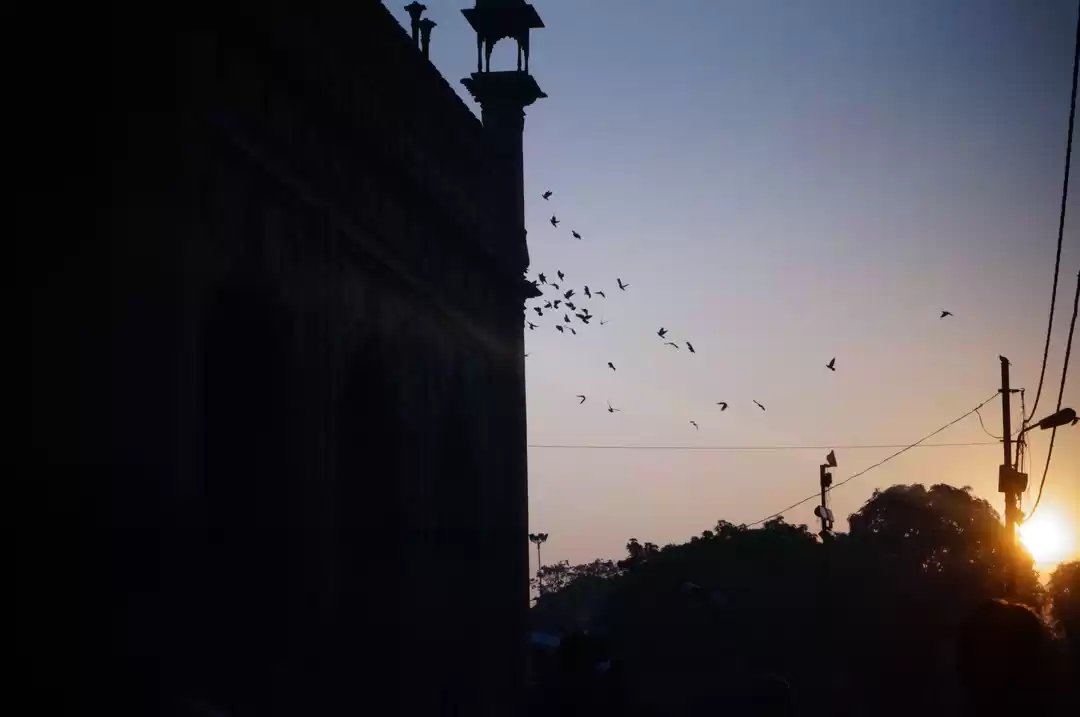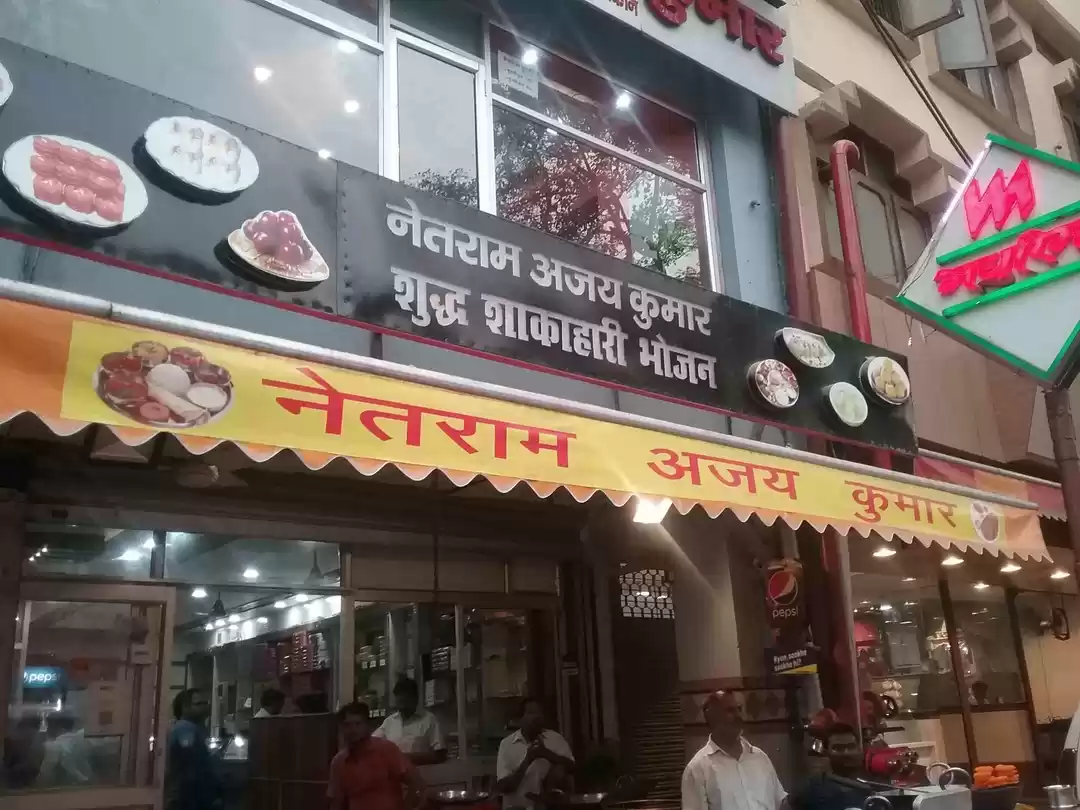The Rumi Darwaza is one of the most impressive and majestic structures in Lucknow, the capital city of Uttar Pradesh. It is a massive gateway that stands at a height of 60 feet and spans across the road that leads to the old city. The Rumi Darwaza is a splendid example of the Awadhi style of architecture, which blends the Persian, Mughal, and Indian elements. The Rumi Darwaza is also known as the Turkish Gate, as it bears a striking resemblance to a similar gateway in Istanbul, Turkey. The Rumi Darwaza is not only a historical monument, but also a symbol of the cultural and artistic heritage of Lucknow.
In this article, you will learn more about the history, architecture, and significance of the Rumi Darwaza, and why you should visit it on your next trip to Lucknow. You will also find some useful information and tips on how to reach, when to visit, and what to see around the Rumi Darwaza.
History of the Rumi Darwaza
The Rumi Darwaza was built in the year 1748 by Nawab Asaf-ud-Daula, the fourth Nawab of Awadh. The Nawab was a patron of arts and culture, and he initiated a grandiose project to beautify Lucknow and provide employment to the people during a severe famine. The project involved the construction of several buildings, gardens, bridges, and roads, and the Rumi Darwaza was one of them. The Rumi Darwaza was originally the entrance to the Nawab’s royal palace, and it was also known as the Lucknow Gate.

The Rumi Darwaza was designed by an architect named Kifayatullah, who was inspired by the Bab-i Humayun or the Sublime Porte, a gateway in Istanbul that was the ceremonial entrance to the Topkapi Palace of the Ottoman Empire. The Rumi Darwaza was named after the Eastern Roman Empire, which was also known as the Rumi Empire in the Islamic world. The Rumi Darwaza was intended to showcase the power and glory of the Nawab and his kingdom, and it was also a gesture of gratitude and generosity to the people of Lucknow.
Architecture of the Rumi Darwaza
The Rumi Darwaza is a magnificent structure that showcases the exquisite craftsmanship and skill of the Awadhi artisans. It is made of brick and lime mortar, and it is decorated with intricate carvings and floral motifs. The Rumi Darwaza has a semi-circular shape, and it is topped by a large chhatri or an umbrella-like dome. The chhatri has a small octagonal pavilion in the center, which has a beautiful lantern that lights up at night.
The Rumi Darwaza also has a water jet system, which creates a fountain effect from the top of the chhatri. The water jet system was originally connected to the river Gomti, but it is now defunct.
The Rumi Darwaza has two facades, one facing the east and the other facing the west. The eastern facade is more elaborate and ornate than the western one, as it was the main entrance to the Nawab’s palace. The eastern facade has a huge archway, which is flanked by two smaller arches on either side. The arches have intricate carvings and designs, and they are adorned with lotus buds and petals. The eastern facade also has a pair of fish-shaped structures on the top, which are the symbols of the Nawab’s dynasty. The western facade is simpler and plainer than the eastern one, as it was the exit from the Nawab’s palace. The western facade has a single archway, which is also decorated with carvings and motifs.
The Rumi Darwaza is a remarkable example of the fusion of the Persian, Mughal, and Indian styles of architecture. It has elements of the Persian arches, the Mughal domes, and the Indian chhatris. The Rumi Darwaza is also a testament to the engineering and artistic genius of the Awadhi builders, who created a stunning structure without using any iron or cement.
Significance of the Rumi Darwaza
The Rumi Darwaza is not just a historical monument, but also a cultural and artistic landmark of Lucknow. It is a symbol of the rich and glorious past of the city, and a reminder of the Nawab’s benevolence and vision. The Rumi Darwaza is also a masterpiece of the Awadhi style of architecture, which reflects the elegance and sophistication of the Nawab’s court. The Rumi Darwaza is also a heritage attraction of Uttar Pradesh, and it is protected by the Archaeological Survey of India.

The Rumi Darwaza has also received praise and admiration from various sources, such as a New York Times reporter, a UNESCO report, and a Bollywood movie. In 1880, a New York Times reporter named William Howard Russell visited Lucknow and wrote about the Rumi Darwaza in his book The Prince of Wales’ Tour: A Diary in India. He described the Rumi Darwaza as “the most beautiful and impressive of all the buildings in Lucknow”. In 1984, a UNESCO report on the conservation of Lucknow’s heritage sites mentioned the Rumi Darwaza as “one of the finest specimens of Mughal architecture in India”. In 2001, a Bollywood movie named Gadar: Ek Prem Katha featured the Rumi Darwaza as a prominent location in the story, and it also showed the lantern and the water jet system of the Rumi Darwaza in action.
How to Reach the Rumi Darwaza
The Rumi Darwaza is located in the heart of Lucknow, and it is easily accessible by various modes of transport. The nearest railway station to the Rumi Darwaza is the Lucknow Charbagh Railway Station, which is about 4 km away. The nearest airport to the Rumi Darwaza is the Chaudhary Charan Singh International Airport, which is about 14 km away. The Rumi Darwaza is also well-connected by road, and you can take a bus, taxi, auto-rickshaw, or cycle-rickshaw to reach it. The Rumi Darwaza is open to the public 24 hours a day, and there is no entry fee to visit it.
Best Time to Visit the Rumi Darwaza
The best time to visit the Rumi Darwaza is during the winter season, which lasts from October to March. The weather during this time is pleasant and comfortable, and you can enjoy the beauty and charm of the Rumi Darwaza without any hassle. The Rumi Darwaza looks especially stunning at night, when the lantern on the chhatri is lit up and the gateway is illuminated by the street lights. You can also witness the traffic and the hustle and bustle of the city from the Rumi Darwaza, and get a glimpse of the life and culture of Lucknow.
Nearby Attractions to the Rumi Darwaza
The Rumi Darwaza is surrounded by several other attractions that you can explore and enjoy on your trip to Lucknow. Some of the nearby attractions to the Rumi Darwaza are:
Bara Imambara:
The Bara Imambara is a grand edifice that was built by Nawab Asaf-ud-Daula in 1784. It is a complex of buildings that includes a mosque, a labyrinth, a stepwell, and a baoli. The Bara Imambara is famous for its magnificent hall, which is one of the largest vaulted halls in the world. The Bara Imambara is also known for its Bhool Bhulaiya, a maze of corridors and passages that leads to various secret chambers and rooftops. The Bara Imambara is a must-visit place for anyone who loves history, architecture, and mystery.
Chota Imambara:
The Chota Imambara is a smaller edifice that was built by Nawab Muhammad Ali Shah in 1838. It is also known as the Hussainabad Imambara, and it is a mausoleum for the Nawab and his mother. The Chota Imambara is a beautiful structure that is adorned with chandeliers, lamps, mirrors, and paintings. The Chota Imambara is also known for its golden dome, silver throne, and clock tower. The Chota Imambara is a splendid sight to behold, especially during the festivals of Muharram and Eid.
British Residency:
The British Residency is a historical site that was the residence of the British Resident General in Lucknow during the 19th century. It was also the scene of the Siege of Lucknow, a fierce battle that took place during the Indian Rebellion of 1857. The British Residency is now a museum and a memorial that displays the relics and artifacts of the siege, such as cannons, guns, swords, and photographs. The British Residency is also a serene and green place that has a garden, a cemetery, and a mosque. The British Residency is a place of interest for anyone who is interested in the colonial history of India.
The Rumi Darwaza is a magnificent gateway that is a symbol of the history, architecture, and culture of Lucknow. It is a stunning structure that showcases the skill and artistry of the Awadhi builders, and it is also a continuation of the article that follows the previous content and the instruction:
a source of inspiration and admiration for many visitors. If you are planning to visit Lucknow, you should not miss the opportunity to see the Rumi Darwaza and experience its beauty and charm. You will also get to explore the other attractions and landmarks of Lucknow, and discover the rich and diverse culture and cuisine of the city.
Tips and recommendations for visitors
Here are some tips and recommendations for visiting the Rumi Darwaza and Lucknow:
The best way to enjoy the Rumi Darwaza is to walk through it and admire its details and features. You can also take some amazing photos and selfies with the Rumi Darwaza as the backdrop.
The Rumi Darwaza is located in a busy and crowded area, so you should be careful of the traffic and the noise. You should also be respectful of the local people and their customs and beliefs.
The Rumi Darwaza is close to the Bara Imambara and the Chota Imambara, so you can visit them together and learn more about the history and culture of Lucknow. You can also visit the British Residency, which is about 2 km away from the Rumi Darwaza, and witness the traces of the colonial era.
The Rumi Darwaza is a part of the Heritage Walk of Lucknow, which is a guided tour that covers the major historical and cultural sites of the city. You can join the Heritage Walk and get a deeper insight into the stories and legends of Lucknow.
The Rumi Darwaza is also a great place to experience the local cuisine and shopping of Lucknow. You can find many street food stalls and restaurants near the Rumi Darwaza, where you can taste the famous dishes of Lucknow, such as kebabs, biryanis, chaats, and kulfi. You can also shop for some souvenirs and handicrafts, such as chikan embroidery, zardozi work, and attar perfume, from the nearby markets and bazaars.
The Rumi Darwaza is a magnificent gateway that is a symbol of the history, architecture, and culture of Lucknow. It is a stunning structure that showcases the skill and artistry of the Awadhi builders, and it is also a source of inspiration and admiration for many visitors.
If you are planning to visit Lucknow, you should not miss the opportunity to see the Rumi Darwaza and experience its beauty and charm. You will also get to explore the other attractions and landmarks of Lucknow, and discover the rich and diverse culture and cuisine of the city.
So, what are you waiting for? Book your trip to Lucknow today and witness the glory of the Rumi Darwaza.














































